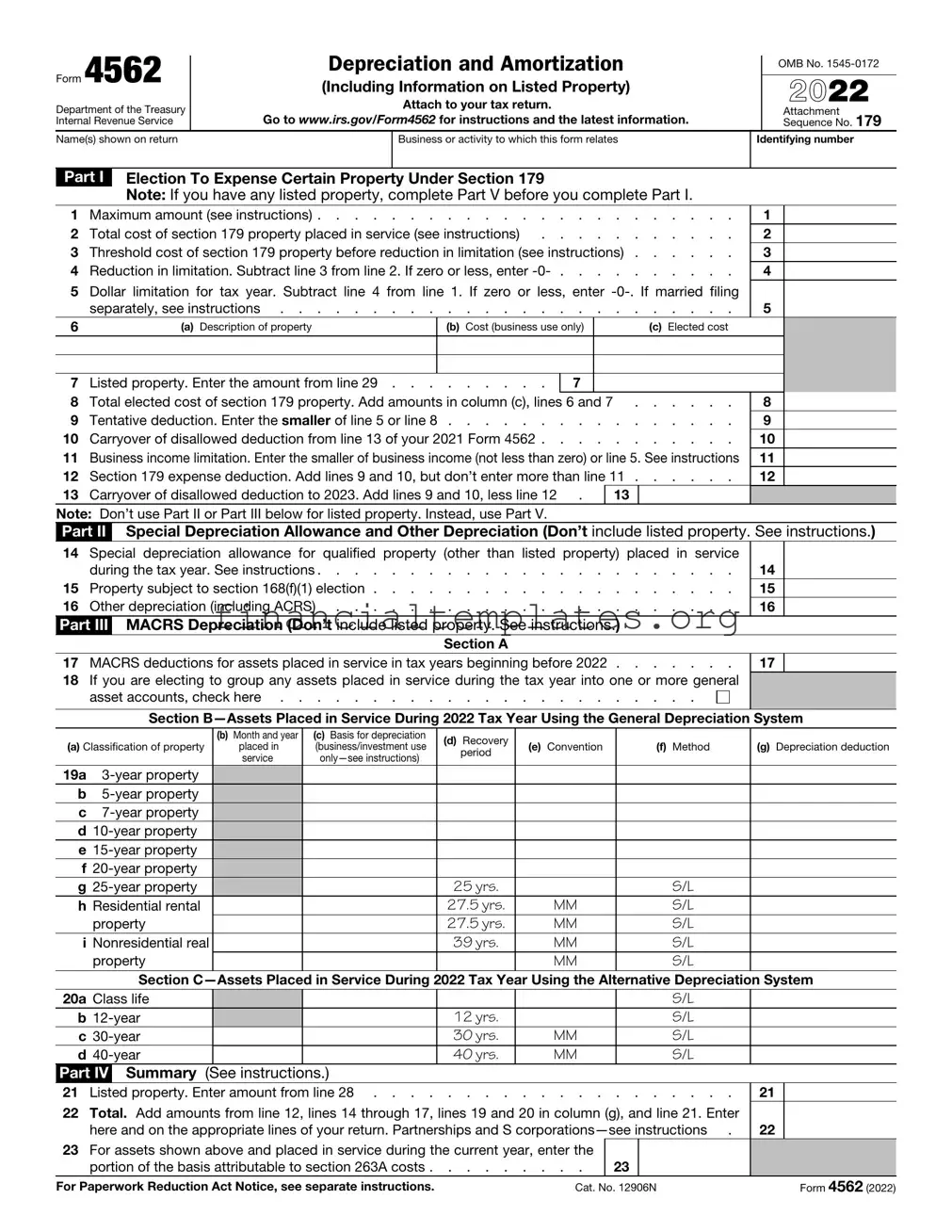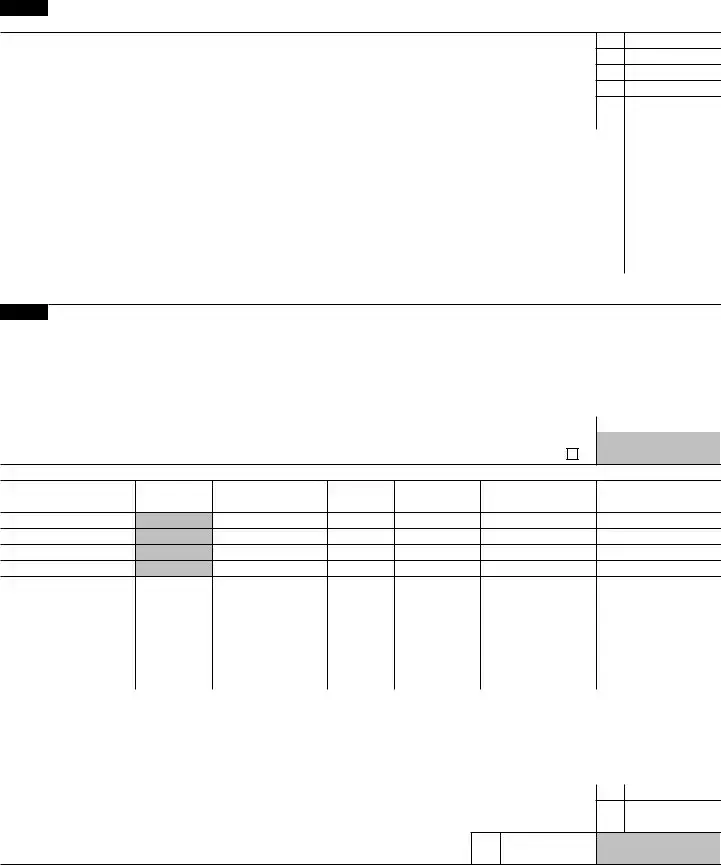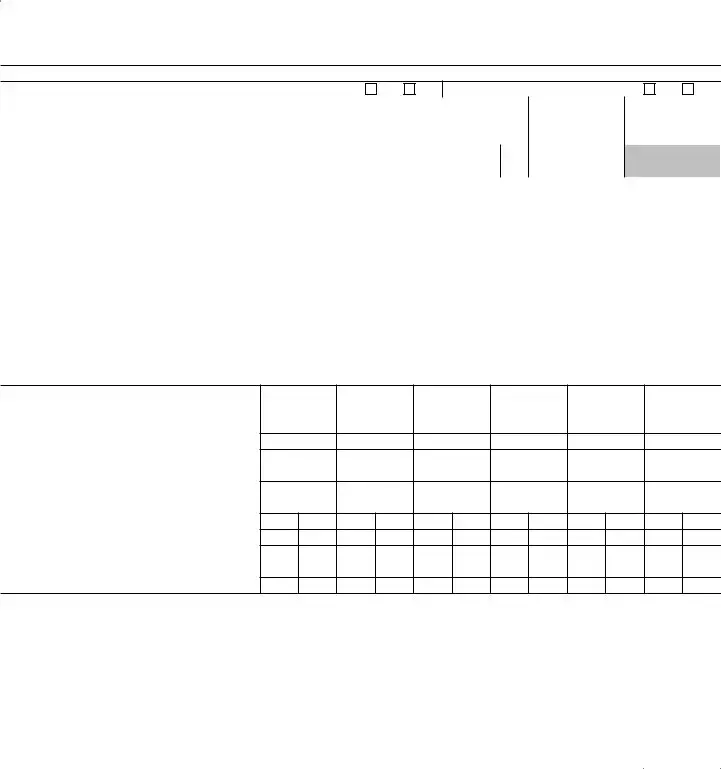The IRS Form 1040, Schedule C, is quite similar to Form 4562 in that both are used by businesses and self-employed individuals. Schedule C is specifically for reporting income and expenses from a business or profession. Just like Form 4562 allows for the deduction of depreciation and amortization, Schedule C lets a business owner deduct various business expenses, which could include depreciation of assets. The main connection between these two forms lies in how the assets depreciated on Form 4562 might directly impact the expenses listed on Schedule C, thereby affecting the net income reported by a business.
Form 4797, Sales of Business Property, shares similarities with Form 4562, especially in the handling of asset depreciation. Both forms deal with assets used in a business or income-producing activity. While Form 4562 is used to calculate depreciation and amortization deductions for a given tax year, Form 4797 is used when one of those assets is sold or disposed of. It considers the depreciation taken on the asset, which was initially reported on Form 4562, to determine the gain or loss on the sale. The interplay between these forms highlights the lifecycle of a business asset from acquisition and use to disposition.
The IRS Form 8829, Expenses for Business Use of Your Home, is another document that relates closely to Form 4562. Form 8829 is used to deduct expenses related to the business use of a home, including a portion of depreciation for the home itself. Similar to how Form 4562 calculates depreciation for various business assets, Form 8829 calculates depreciation on the home being used for business purposes. This form highlights the depreciation aspect of a very specific business asset—the taxpayer's home—and in turn, affects the total business expenses reported.
Lastly, the IRS Form 1120, which is the U.S. Corporation Income Tax Return, parallels Form 4562 because it requires corporate entities to report their income, gains, losses, deductions, and credits. Within Form 1120, corporations can deduct depreciation on assets, a calculation derived from using Form 4562. This connection underscores the importance of Form 4562 in accurately determining the depreciation deductions that can significantly impact a corporation's taxable income and, consequently, its tax liability. Although each serves different purposes, the need to calculate and report depreciation makes Form 4562 critical for completing Form 1120 accurately.


